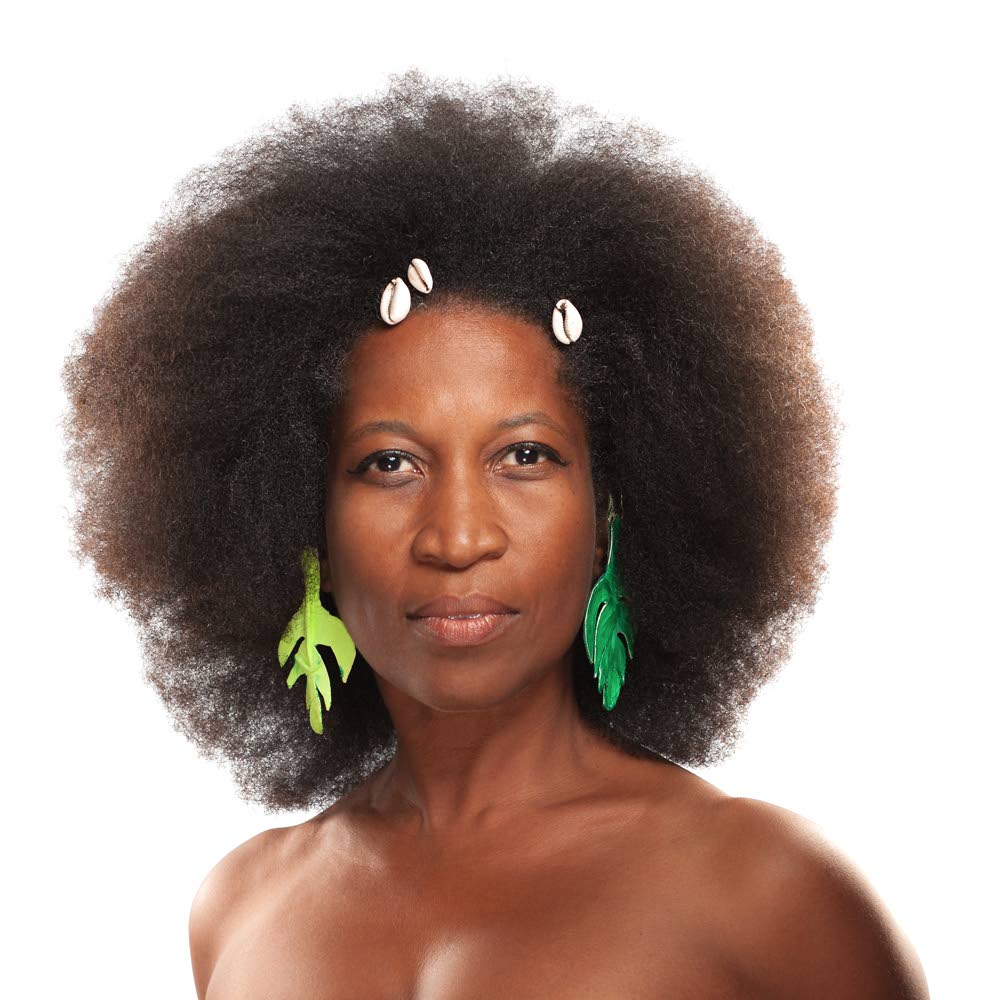The culture of cultural development: A look at TT (part 4)

SONJA DUMAS
Final part
WHAT I TIRE of the most is the constant need to explain myself and my art or why it costs X or Y to produce it. I find myself having to do this even with people who, in my opinion, should know better. Google de ting, nah. Or read arts business bibles like Standing Room Only by Philip Kotler and Joanne Scheff to find out why the factors of production in the live arts or in film cost so much per project.
I also grow tired of our artists’ cliques and our decades-long feuds and the blatantly weak art that I have to endure for the sake of supporting someone’s need to be politically correct – especially when there is no sustained effort to improve the craftsmanship of the artist.
But, hey, some of my work ain’t all that, and people have to endure that, so I guess we’re even on that score. And that’s another thing about the arts – one just has to keep trying. When you fall down artistically, you just get back up and start again.
I’m currently on the fourth draft of a full-length screenplay, having received several sets of comments about the first three drafts, and I’ll consider myself lucky if I only need to do four more rewrites before the script is ready for proper ventilating. This investment of time and effort is a bigger risk than most deals on Wall Street. I could work on a script for years and chances are it might never be sold. But I live and work for the day that ten producers might be knocking down my door the minute I release it into the universe.
I’ve been reworking a couple of choreographic pieces that I started in 2016 and 2017 respectively. I can only work on them part-time, because no one in TT will pay me simply to experiment with movement in a dance studio – it’s an absurd thought to them.
But that is how art often works. It takes what it takes. It is a constant cycle of research and development and honing of one’s craft. In some ways it’s actually like a medical laboratory where years of research and analysis are needed to come up with the perfect formula.
But in economic terms, artistic effort is not like the average commercial activity and it’s often not even like the products or services of mass entertainment (the category into which big fetes and big shows would fall).
More often than not, the arts are labour-intensive, with few economies of scale and no guarantee of a consistently appealing product or one that is long-lasting. But society would suffer greatly if there were no performing or visual arts in our lives.
What I’ve never grown tired of is making art that makes people think. I’ve never grown tired of helping artists find their way through different (and hopefully sustainable) cultural models, or supporting those who have found strong models. I’ve never grown tired of teaching young people the power that they have in their art and the discipline that it requires to master it. And I surround myself with like minds.
I hope that the activators of the newly adopted National Policy on Culture and the Arts of TT, recently passed in Parliament, consider these complicated aspects of the culture of the people of TT and the culture of the existing systems when they begin implementation.
Cultural development means that people must be consistently culturally literate – they must understand the intrinsic nature of the arts. They must be able to tell the difference between amateur and professional art. They must be proud of their own cultural gifts and strengths. They must not be afraid to think and present new ideas on the construction and meaning of the arts for fear of censure or ostracisation. And they must get a fair wage for their effort. These things must actually happen in fact – not just in talk.
Good luck to all of us.


Comments
"The culture of cultural development: A look at TT (part 4)"